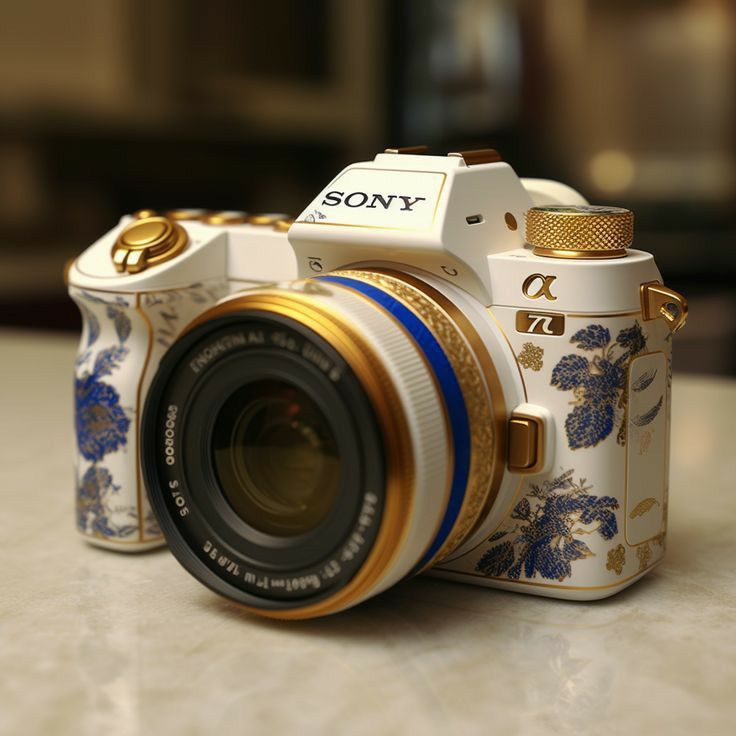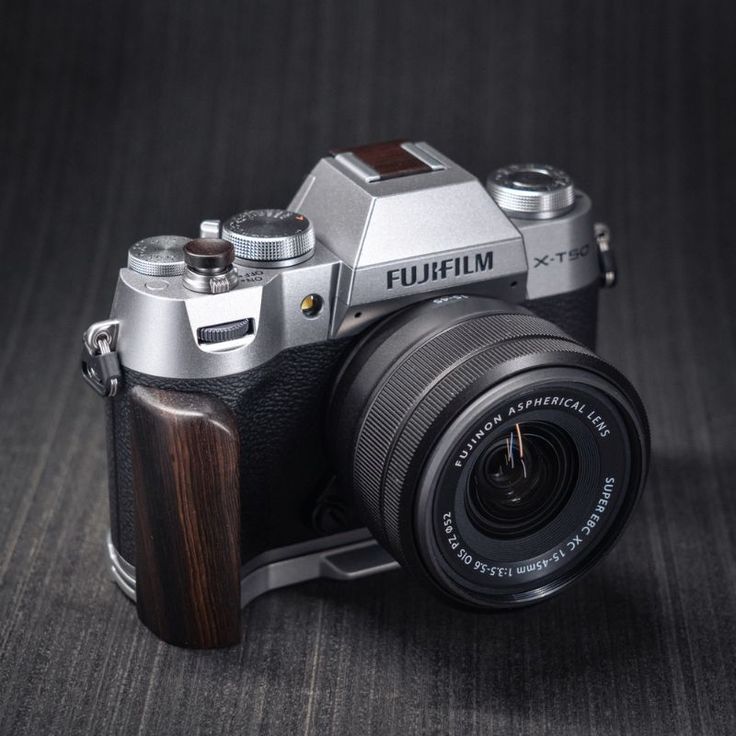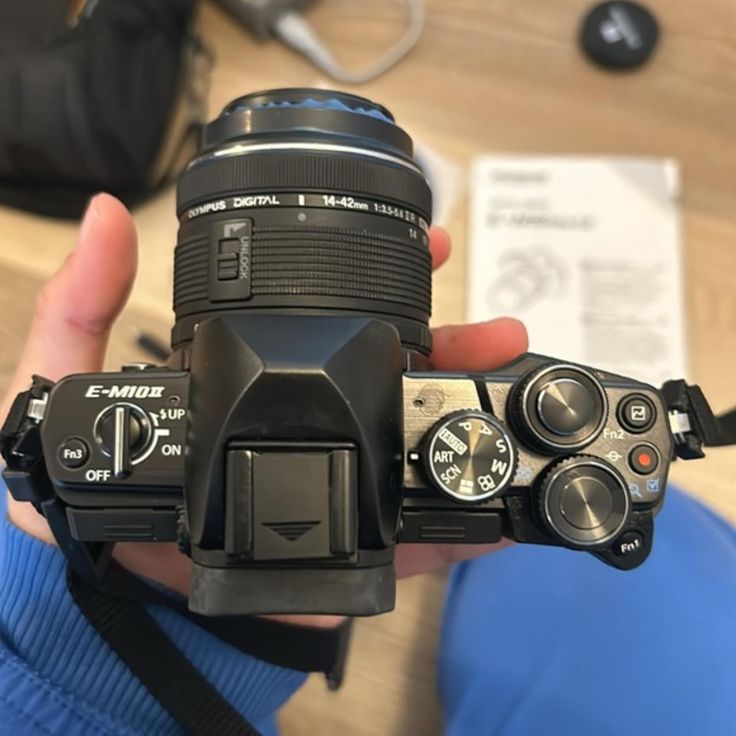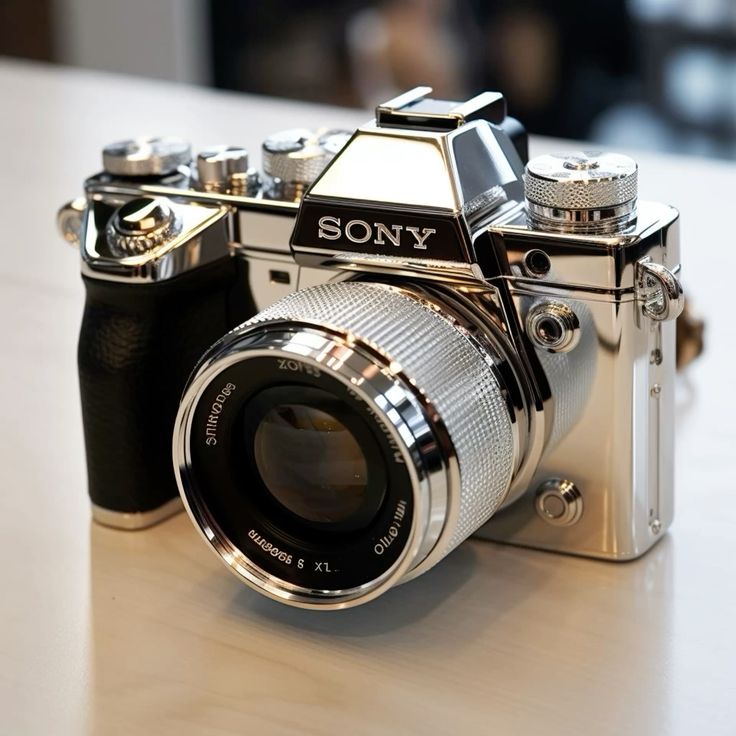Capturing action shots can elevate your photography from ordinary to extraordinary. One of the critical elements that influences the quality of these images is camera shutter speed. Understanding how to manipulate shutter speed allows photographers to freeze fast-moving subjects in time or convey motion through blur. This article explores the nuances of camera shutter speed, provides techniques for capturing perfect action shots, and highlights tips for various scenarios.

Understanding Camera Shutter Speed Basics
Camera shutter speed refers to the length of time the camera’s shutter remains open, allowing light to hit the camera’s sensor. Measured in fractions of a second, shutter speed significantly impacts exposure, motion blur, and overall image quality. A faster shutter speed, such as 1/1000th of a second, freezes motion, while a slower shutter speed, like 1/2 a second, allows motion to blur, creating a different artistic effect.
Selecting the correct camera shutter speed is vital for achieving outstanding action shots. When photographing fast-moving subjects like athletes or wildlife, a fast shutter speed is necessary to prevent motion blur. When the shutter speed is too slow, you capture all the unwanted motion, resulting in blurry images. Conversely, photographers can use slower shutter speeds to capture dynamic scenes, such as a flowing river or racing cars, creating a sense of motion that enhances the storytelling aspect of the image.
Understanding camera shutter speed also integrates with other exposure settings, including aperture and ISO. The exposure triangle shapes how you select your settings based on lighting conditions, subject movement, and the desired effect. By mastering these principles, you can achieve stunning action shots that reflect your artistic vision.
Choosing the Right Shutter Speed for Action Shots
When it comes to capturing action shots, the choice of camera shutter speed directly affects the final outcome. Determining the optimal shutter speed depends primarily on the speed of your subject and the effect you wish to achieve. For fast-moving subjects, such as athletes sprinting or vehicles racing, aim for a shutter speed of at least 1/500th of a second. This speed freezes action and maintains clarity in your images.
In contrast, if your goal is to capture motion blur, such as a cyclist whizzing by, consider using a shutter speed of around 1/30th to 1/250th of a second. This approach creates a dynamic feel, allowing the viewer to sense the speed of the subject. By adjusting the shutter speed to suit the action, you effectively communicate the scene’s energy and movement.
On the other hand, some subjects may not require extremely fast shutter speeds. For moderately fast actions, such as a child playing, a shutter speed between 1/250th and 1/500th of a second can yield great results. It’s essential to assess your environment and the specific action occurring in front of you to choose the accurate shutter speed.

The Role of Light in Selecting Shutter Speed
Lighting plays a crucial role in determining the appropriate camera shutter speed for action shots. Adequate lighting allows you to use faster shutter speeds without compromising exposure. In bright environments, such as outdoor sports or sunny days, you can typically utilize shutter speeds ranging from 1/500th to 1/2000th of a second without struggle.
In low-light situations, like indoor sports or evening events, you may need to adjust your approach. Slower shutter speeds may compromise image stability, resulting in blur. To counteract this, you can either increase your ISO setting or open your aperture wider to allow more light in. However, higher ISO settings can introduce noise to the image, so it’s vital to find a balance that works for you and your camera’s performance.
Consider incorporating additional lighting if you’re capturing fast action in low light. Using external flash units can help illuminate the scene and provide the necessary light to successfully employ quicker shutter speeds. With proper lighting techniques, you can achieve sharp, vibrant action shots even in challenging conditions.
Utilizing Continuous Shooting Mode for Action Shots
When photographing fast action, using continuous shooting mode (or burst mode) can significantly enhance your ability to capture the perfect moment. This mode allows you to take multiple shots in quick succession, increasing your chances of freezing the action precisely as you desire. Setting a fast camera shutter speed is essential here, as you want to minimize any motion blur and maximize clarity.
Select an appropriate shutter speed based on the subject and scene. As an example, if you’re photographing athletes during a race, a shutter speed of 1/1000th of a second or faster can effectively freeze the motion. While in continuous shooting mode, you can take numerous images in rapid succession, increasing the likelihood of capturing that fleeting expression, jump, or moment of intensity.
Afterward, review your images and select the best shot. This process allows you to experiment with angles and techniques, ensuring an impressive final product. Continuous shooting mode also provides a great opportunity for adjusting your settings on the fly, giving you valuable feedback and the chance to hone your technique with each successive shot.

Panning Technique for Creative Motion Capture
Panning is a technique where you move your camera in sync with a moving subject while using a slower camera shutter speed. This method creates a striking effect that captures the motion of the subject while keeping it relatively sharp against a blurred background. Panning adds a dynamic feel to action shots, evoking a sense of movement and speed.
To successfully execute panning, start by selecting a slower shutter speed. Typically, shutter speeds between 1/30th and 1/125th of a second work well, but it may vary depending on the speed of your subject. Begin by tracking your subject’s movement and anticipating their path. Firmly grip your camera, and as the subject approaches, smoothly follow their movement while pressing the shutter button.
When performed correctly, the result will present a sharp subject against a beautifully blurred background, emphasizing motion and speed. Take the time to practice the panning technique to develop a smoother motion and understand how shutter speed affects the final result. The panning technique can become a valuable addition to your action photography skill set.
Analyzing Different Scenarios for Action Shots
Understanding how to adjust camera shutter speed for various scenarios enables photographers to tackle any situation effectively. Different types of action, from sports and wildlife to everyday moments, require distinct strategies. Each scenario offers unique challenges, but mastering shutter speed principles will allow you to make informed decisions.
In sports photography, capturing split-second moments is crucial. Fast-moving athletes require shutter speeds of at least 1/500th of a second. Anticipate moments like a player scoring or a runner crossing the finish line, and position yourself strategically to capture these critical actions.
In wildlife photography, subjects can be unpredictable. Depending on the animal and the speed of its movement, shutter speed may vary significantly. For fast-running animals like deer, you’ll want a shutter speed of 1/1000th of a second or higher. Conversely, when photographing birds in flight, prepare to adjust your shutter speed even higher, often around 1/2000th or 1/4000th of a second, to freeze their motion effectively.
When photographing everyday moments, such as children playing, you can adopt a more relaxed approach. A shutter speed of 1/250th to 1/500th of a second often suffices to capture joy and spontaneity. The flexibility of adjusting shutter speed for diverse scenarios allows you to create stunning visuals that portray life and action in real-time.

Post-Processing Techniques for Action Shots
While capturing action shots relies heavily on camera settings, post-processing techniques can enhance the final images further. After you’ve taken your shots, consider using photo editing software to refine your work. Whether adjusting exposure, contrast, or sharpness, post-processing allows you to elevate your images beyond what you capture in-camera.
Start by reviewing your action shots and noting any areas that may require improvement. Pay particular attention to overall exposure, which can drastically affect the final image quality. Use the editing software to adjust highlights, shadows, and color balance, ensuring your action shots pop.
Additionally, consider cropping to focus on your subject. This technique can improve the composition and remove distraction from the background. Fine-tuning your images enhances the artistic intent behind capturing the moment, giving your action shots a polished, professional feel.
Furthermore, don’t hesitate to experiment with filters and effects. Many software programs offer various options that can completely transform the look and feel of your photos. Exploring different styles and adjustments allows you to develop a unique photographic voice, amplifying your action shots’ impact.

Conclusion: Mastering Camera Shutter Speed for Perfect Action Shots
Mastering camera shutter speed is vital for capturing perfect action shots and elevating your photography skills. Understanding shutter speed and selecting the right settings is crucial. Integrating various techniques helps you freeze fleeting moments. Continuous practice enhances your skills and confidence in photography. Techniques like panning and post-processing refine your images, creating stunning photographs that resonate with viewers.
The camera shutter speed dictates whether you capture clear moments or blur the action for creative effect. Striking the right balance between speed and technique empowers you to document life’s most exciting moments, whether in sports, wildlife, or candid encounters.
As you delve deeper into your photography journey, continue exploring the versatile capabilities of camera shutter speed. Dive into various genres and techniques, and most importantly, enjoy the art of capturing action shots that tell compelling stories. By honing your skills, you can evolve into a confident photographer capable of transforming ordinary moments into extraordinary images.